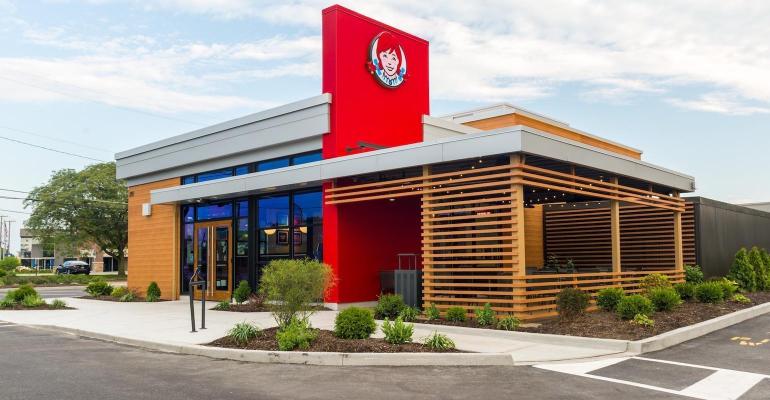When the new CEO at The Wendy’s Co. explained on an earnings call two weeks ago that a $30 million menuboard investment through 2025 would allow the company to test dynamic pricing at some of its company-owned restaurants, little could we have known it would create a tsunami of consumer outrage.
But it did.
The tsunami lapped the foundations of the halls of Congress Wednesday when Sen. Elizabeth Warren, D-Mass., issued from her official U.S. Senate X/Twitter account:
“Wendy’s is planning to try out ‘surge pricing’ — that means you could pay more for your lunch, even if the cost to Wendy’s stays exactly the same. It’s price gouging plain and simple, and American families have had enough.”
The earnings call comments by Kirk Tanner, who took over Feb. 5 as CEO at the Dublin, Ohio-based burger brand, became generously skewed two weeks after the fact.
Tanner said the company planned to invest $20 million to roll out digital menuboard to all U.S. company-operated restaurant by the end of 2025 and another “$10 million over the next two years to support digital menuboard enhancements for the global system.”
Tanner added that the digital menuboards will improve order accuracy, grow sales with upselling and merchandising, and improve the crew experience.
“Beginning as early as 2025,” he said, “we will begin testing more enhanced features like dynamic pricing and daypart offerings along with AI-enabled menu changes and suggestive selling.”
But media reports on this and the ensuing social-media backlash against “surge pricing,” the Uber-style increases in high-demand times and often-used synonym for “dynamic pricing,” led Wendy’s on Tuesday to issue a clarification on its blog.
“We said these menuboards would give us more flexibility to change the display of featured items,” the company said in its statement. “This was misconstrued in some media reports as an intent to raise prices when demand is highest at our restaurants. We have no plans to do that and would not raise prices when our customers are visiting us most.”
Heidi Schauer, a Wendy’s vice president of communications, public affairs and customer care, noted to media outlets: “Wendy’s will not implement surge pricing, which is the practice of raising prices when demand is highest. We didn't use that phrase, nor do we plan to implement that practice.”
The Wendy’s reports gave an opening for competing restaurant brands to stoke their marketing engines.
Tom Curtis, president of Burger King U.S., issued a statement: “As the leader of this company, I will never support surge pricing or charging people more when they’re hungry. When our guests come to us, it’s our opportunity to give them our very best — in service and value — for their hard-earned money.”
While digital menuboards do allow dynamic pricing, common now in the ride-share, hotel and airline industries, they also allow the featuring of profitable items and lower prices in restaurants at certain times of day, such as during happy hours.
Contact Ron Ruggless at [email protected]
Follow him on X/Twitter: @RonRuggless





